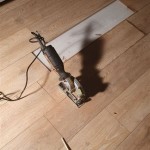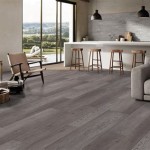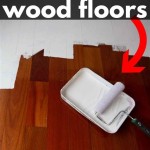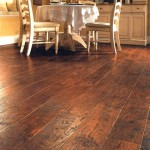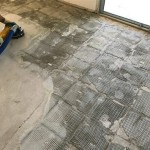A Comprehensive Guide to Bamboo Flooring
With its eco-friendliness, durability, and versatility, bamboo flooring has emerged as a popular choice for homeowners. This guide will delve into the essential aspects of bamboo flooring, empowering you with the knowledge to make informed decisions for your next flooring project.
1. Understanding Bamboo as a Flooring Material
Bamboo is a fast-growing, renewable grass that exhibits exceptional strength and hardness. When processed into flooring, bamboo culms (stems) are sliced, laminated, or woven together to create planks. The result is a flooring material that is both durable and sustainable.
2. Types of Bamboo Flooring
Bamboo flooring comes in two primary types:
- Strand Woven Bamboo Flooring: Created by weaving bamboo strands, this type offers a durable and resilient option with a unique textured look.
- Horizontal Bamboo Flooring: Processed by laminating bamboo slats horizontally, this option provides a smoother surface with a refined aesthetic.
3. Durability and Hardness
Bamboo is renowned for its durability, with a hardness comparable to red oak. It resists scratches, dents, and wear, making it a suitable choice for high-traffic areas. However, it's important to note that strand woven bamboo is denser and more durable than horizontal bamboo.
4. Sustainability and Environmental Impact
One of the key advantages of bamboo flooring is its eco-friendliness. Bamboo is a rapidly renewable resource, and its cultivation requires minimal water and pesticides. Harvesting bamboo does not damage existing root structures, ensuring its long-term sustainability.
5. Maintenance and Care
Bamboo flooring is relatively easy to maintain. Regular cleaning with a damp mop or microfiber cloth is sufficient to remove dirt and debris. Avoid using abrasive cleaners, as they can damage the finish. Additionally, bamboo flooring benefits from protective measures such as area rugs and floor mats.
6. Installation Considerations
Bamboo flooring can be installed over most existing subfloors. However, it's crucial to ensure that the subfloor is level and dry before installation. Strand woven bamboo flooring is typically installed as a floating floor, while horizontal bamboo flooring may require nailing or stapling.
7. Design and Aesthetics
Bamboo flooring offers a versatile range of colors, from natural golden hues to darker, carbonized shades. The unique grain patterns add character and warmth to any space. Strand woven bamboo often showcases a more rustic look, while horizontal bamboo exudes a sleek and contemporary appeal.
Conclusion
Bamboo flooring is an excellent choice for homeowners seeking a sustainable, durable, and aesthetically pleasing flooring option. By understanding the unique characteristics and benefits of bamboo flooring, you can make an informed decision that will enhance the beauty and functionality of your home for years to come.

Bamboo Flooring Guide The Sunday Mail

Guide To Carbonised Bamboo Flooring The Company

Your Guide To The Best Bamboo Flooring Floorings

A Quick Guide To Bamboo Flooring 12th Oak Floor Co

Quick Guide To Bamboo Flooring For Underfloor Heating The Company

Bamboo Flooring Guide All About Hardwood

Flooring 101 A Guide To Bamboo Floors

Bamboo Flooring Guide Bamboozle Perth

A Guide To Solid Horizontal And Vertical Bamboo Flooring The Company

Bamboo Floors Installation Guide Floating The Floor Melbourne Top Flooring
See Also
